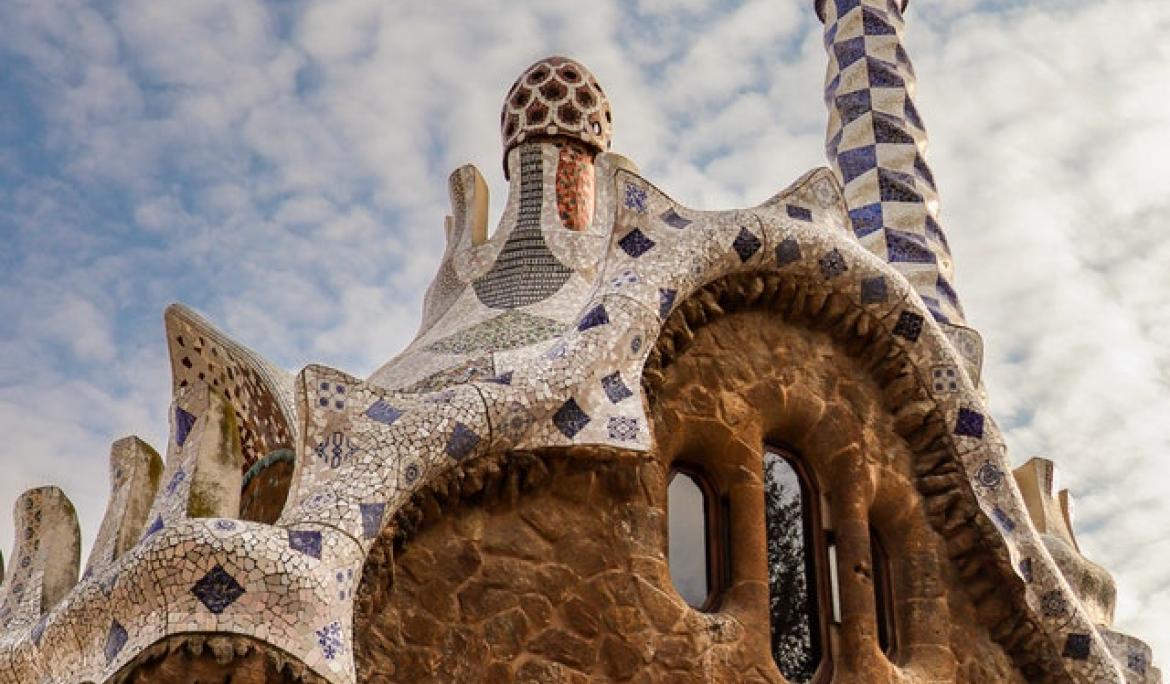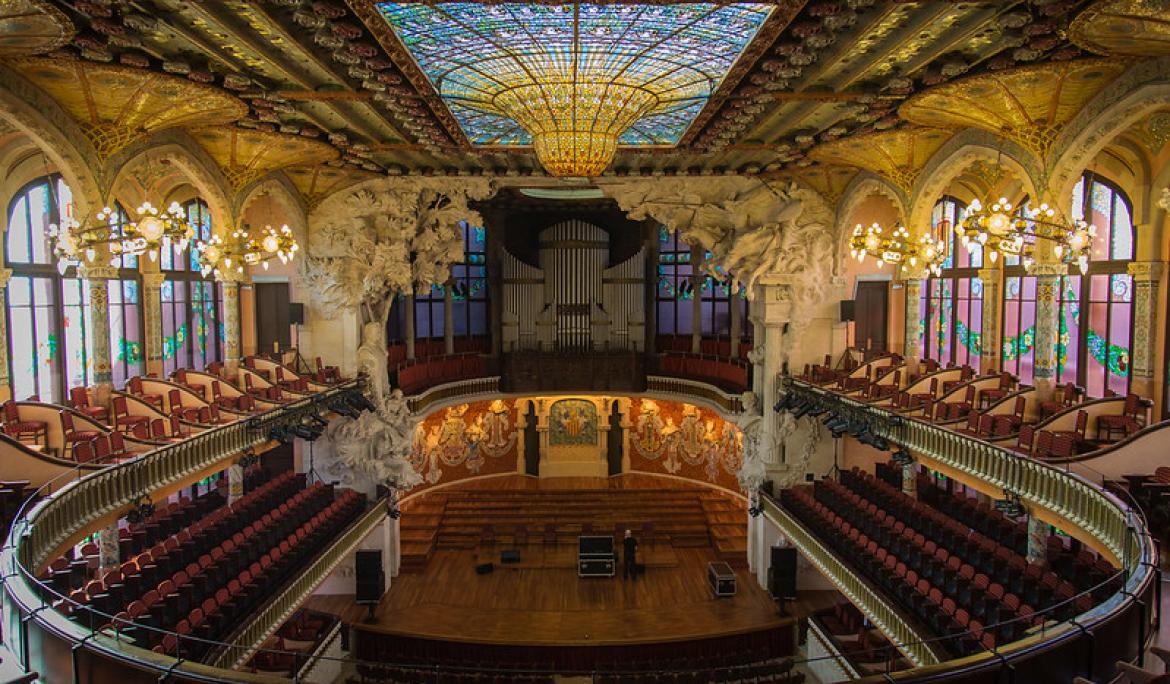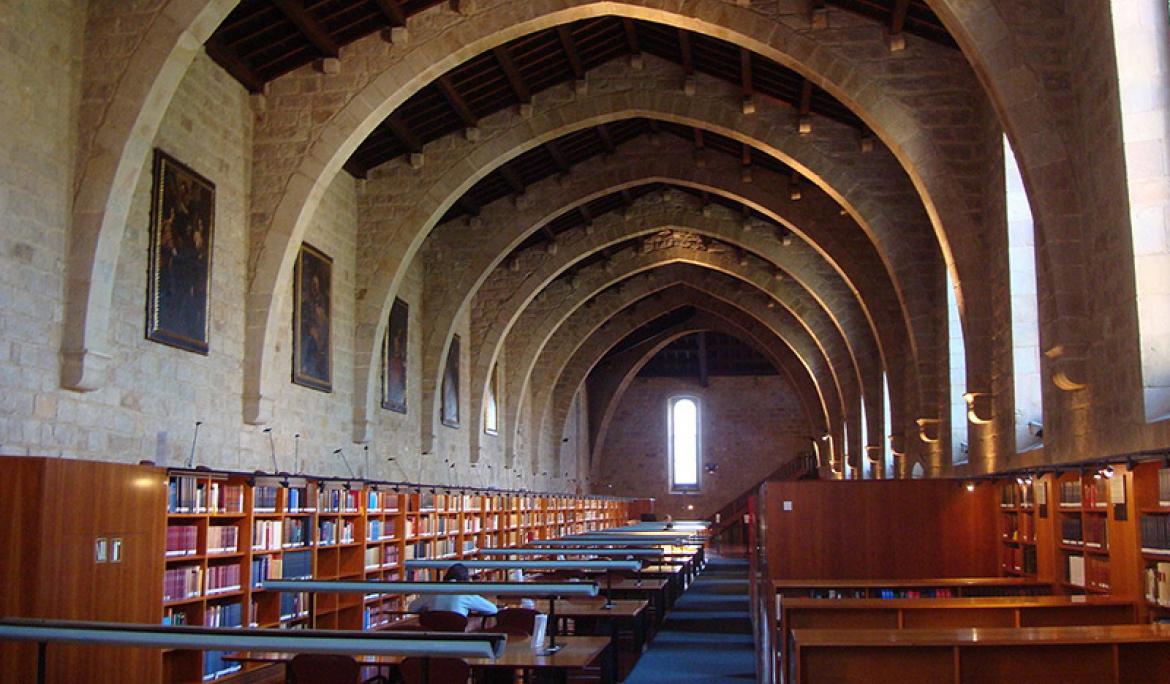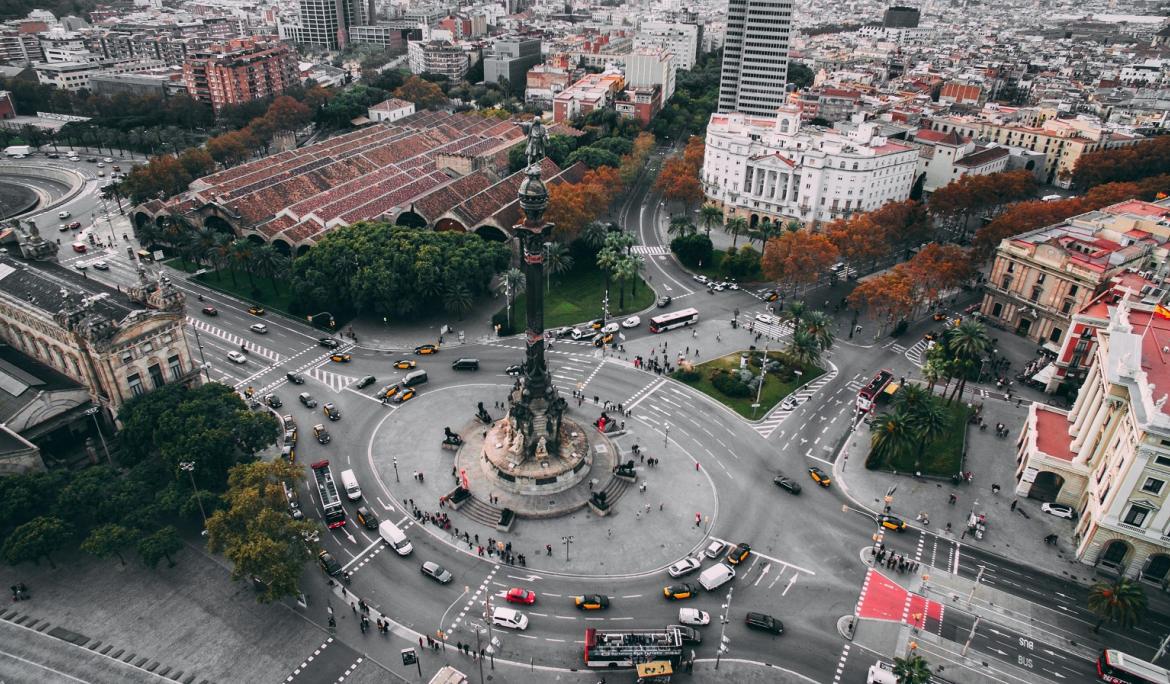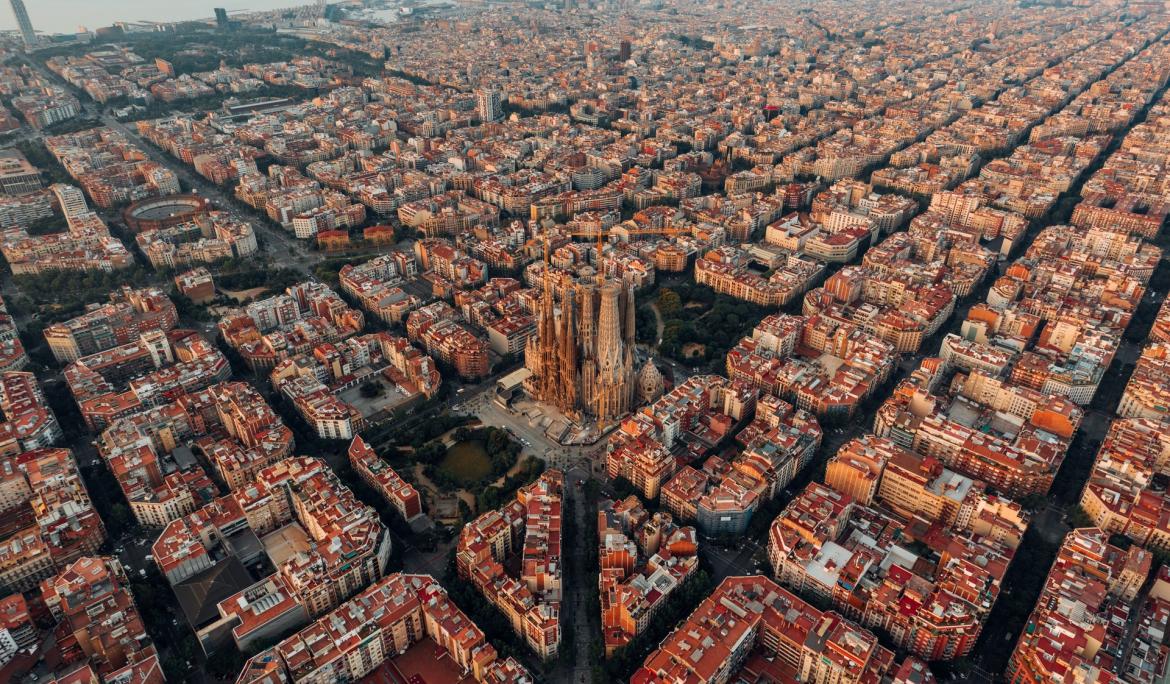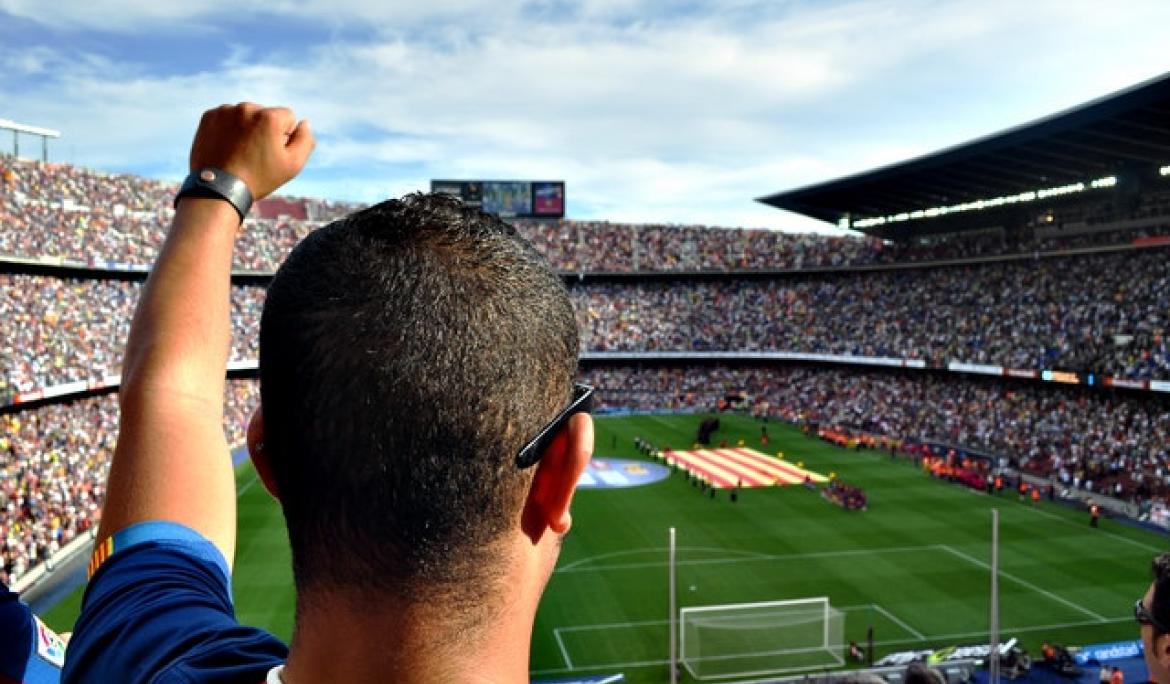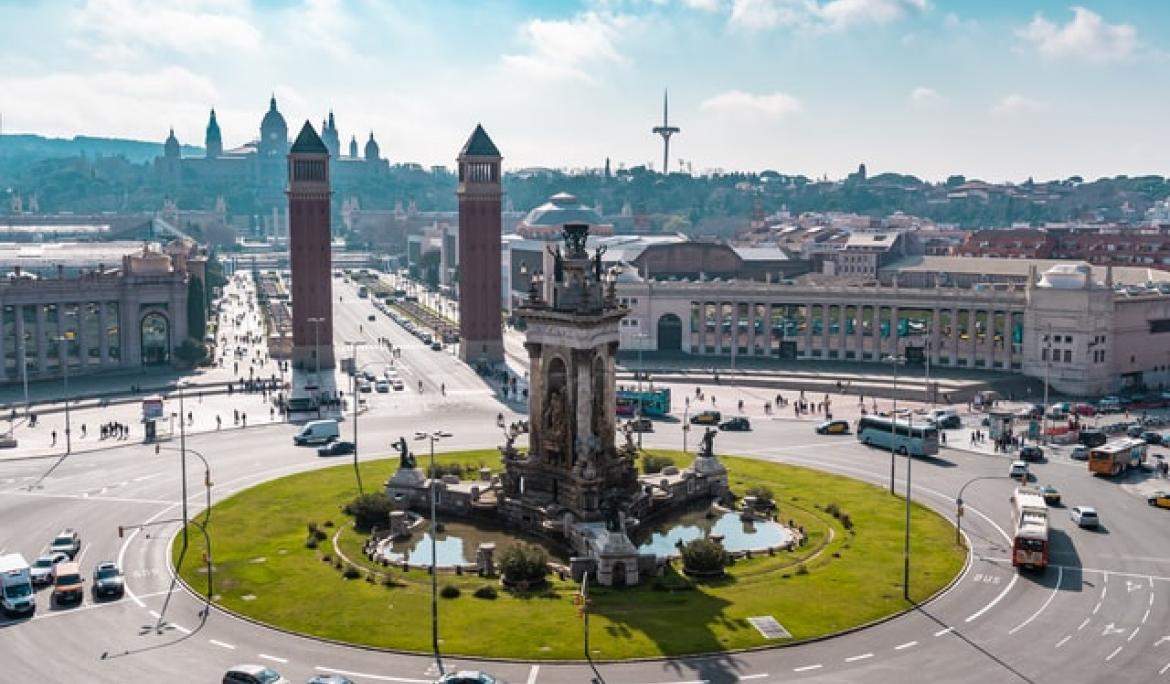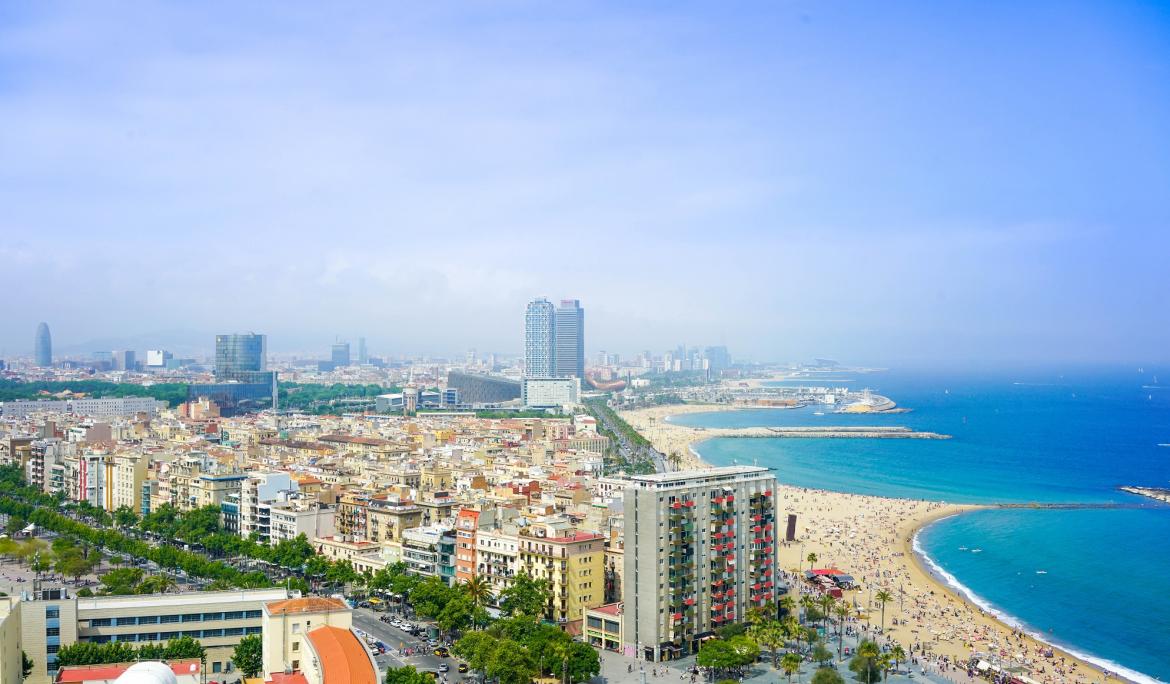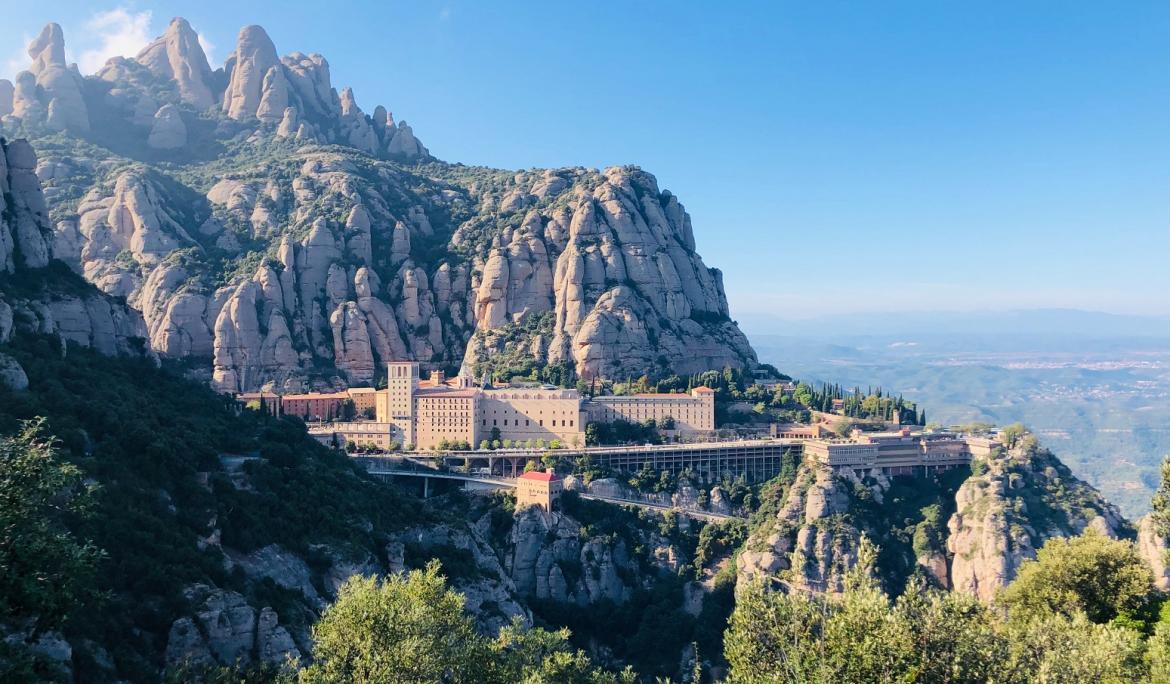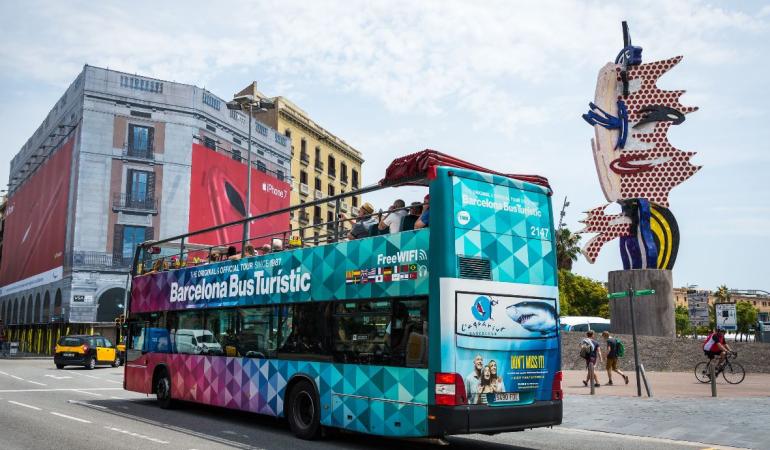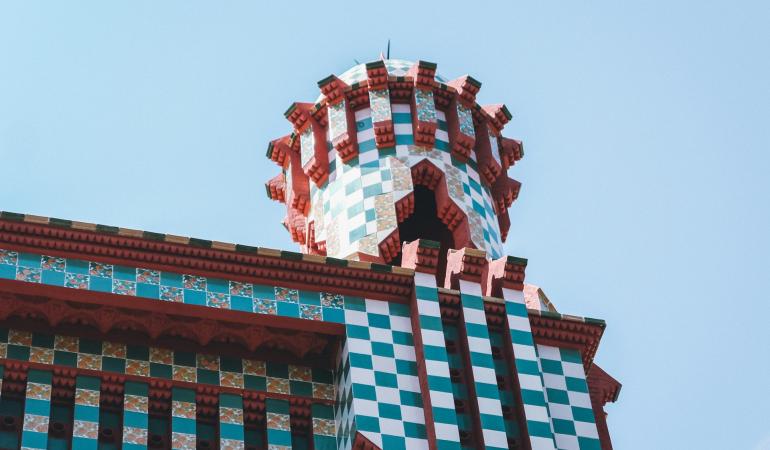You have planned a five-day trip to Barcelona. It’s time enough to explore the city and discover its attractions. Plan your visit well so that you don’t miss anything of interest. We will help you choose.

To get around the city, we recommend purchasing the Hola Barcelona Travel Card in advance—you can do so online. This ticket offers you unlimited trips on public transport for five consecutive days (120 hours) from the first validation. It includes round-trip metro (TMB) travel from the airport to the centre of Barcelona. Don’t pay supplements for this transfer and experience the city to the fullest from the first minute.
Big and small gems of Catalan Modernism
The three landmarks of modernist Barcelona that every traveller should know are Park Güell, the Modernist enclosure of Sant Pau, and the Sagrada Familia. Your visit requires some time to view and understand this cultural and artistic movement that revolutionised Europe at the turn of the century. Let yourself be dazzled by the beauty of small Modernist gems—a memorable experience. It’s highly recommended to attend a concert at the Palau de la Música or schedule a night visit to Casa Batlló. The design of the great architect Antonio Gaudí, the darkness of the night and a fantastic lighting design make for a magical and unforgettable experience.
The Passeig de Gràcia connects Plaça Catalunya with the Gràcia neighbourhood. The Eixample is very well connected with the metro and bus network. Download the free TMB application to check the best route to get to the Sarrià neighbourhood, which is further from the centre but where you can see small modernist gems such as the Casa Sant Felip Neri or the Casa Muley Afid, which is currently the headquarters of the consulate of Mexico. Go for a walk and enjoy a neighbourhood steeped in the atmosphere of the village it was until 1920, when it annexed Barcelona.
From the old city to the new Eixample
Many travellers choose to get around by public transport to better soak up urban life, read these tips to travel by metro or bus. To get to know the old town, the neighbourhood of El Raval, the Rambla, the Born or the Gothic Quarter, it’s best to let yourself get carried along the narrow streets, stroll and browse the small artisan shops, go into the municipal markets such as the Boqueria or that of Santa Caterina, or take a moment to relax in the Parc de la Ciutadella. Make a stop along the way on Hospital street. Here stands one of the most important Catalan civil Gothic building complexes: the Hospital de la Santa Creu, from the 15th century. Currently, the building hosts the National Library of Catalonia. This is the Barcelona that used to exist between walls. This is why names such as Portal Nou, Portal de la Pau, Portal de l’Àngel, Portal de Mar or Portal de Santa Madrona still persist, they were the old gateways that allowed access to citizens and merchants.
The city had a hard time breaking free from a corset that did not allow it to grow or expand. It was in 1850 that a government order authorised tearing down the walls and making way for a new neighbourhood: the Eixample. This neighbourhood, designed by the engineer and urban planner Ildefons Cerdà, is 20 times bigger than the old walled city, and has wide and stately walks such as the Passeig de Gràcia, the Rambla de Catalunya or the Passeig Sant Joan. The most affluent families were its first inhabitants. “Indianos” who returned from making a fortune in the Americas and the Catalan bourgeoisie enriched with textile factories. They chose to live in this area of large flats, wide streets and magnificent walks with a healthier air, where horse carriages looked better than in the narrow and dark alleys of the old city.
Sports and gardens
The Barcelona Bus Turístic is a very good option to get around the city in a comfortable way. It offers routes with stops at the main points of interest. You can purchase the ticket online with a 10% discount. You can get on and off the bus as many times as you want, and on board you’ll enjoy audio guide service, Wi-Fi and tourist information.
With the blue route of the Bus Turístic you can visit the upper part of the city. It has stops at the Pedralbes monastery and gardens, places that give an account of monastic and royal life. This same route also brings you close to the Camp Nou, the Barcelona Football Club stadium, an essential visit for football lovers and one that thrills fans.
Plaça Espanya, the gateway to the mountain of Montjuïc
Plaça Espanya is another of the nerve centres of the city. Here you have many public transport options, including commuter trains. Check how to get around by public transport. It was designed by Cerdà, and around it the traffic bustles and adjoins the old bullring of Las Arenas, nowadays converted for commercial use. Two Venetian towers built for the 1929 exhibition direct visitors to the mountain of Montjuïc along Maria Cristina avenue. Right at the end of the avenue is the Magic Fountain of Montjuïc that, on some nights, dances to the rhythm of light and music. If you decide to go up the mountain, you’ll be surprised halfway by the Ávila towers. They mark the access point into the Poble Espanyol, an enclosure that reproduces the most characteristic corners of the Spanish geography.
The best views by land, sea and air
If you’re looking for the best views, you have several options by land, sea and air. The mountains of Tibidabo and Montjuïc offer you unique panoramic views. If the weather conditions allow it, on high visibility days you can see even the island of Majorca. It’s also interesting and fun to go up to the Collserola Tower and enjoy the views from a height of 560 metres.
The Montjuïc Cable Car offers a very special trip, and from its cabins you’ll enjoy the most incredible aerial views. However, there are other points of view: a few minutes from Montjuïc Castle, you have an urban and port horizon and a view of the comings and goings of planes at the airport. You can see it from the botanical garden or even from the area of the Olympic Ring of Montjuïc, where the 1992 Olympic Games were held.
If what you like is the sea, discover the beaches and the skyline of Barcelona with a boat ride in the Golondrinas. They set sail from the Portal de la Pau and offer a unique ride along the coast, Barceloneta, Port Vell and even make a stop at the aquarium.
Trips outside Barcelona
Save a day to get to know the area around Barcelona. With the Catalunya Bus Turístic you can choose between several routes and discover other aspects of culture, gastronomy or natural surroundings.
Recommendations from locals:
"Lose yourself in the narrow streets of the Gothic Quarter and in the Call, the Jewish quarter of Barcelona, only this way will you capture the true essence of medieval Barcelona. If you don’t have time to go into the museum of the history of the city that’s located underground, right in the Plaça Reial, come to the door of the hiking centre of Catalonia, and you’ll be able to view the remains of the columns of the temple of Augustus, from the 1st century BC, gobbled up by a later medieval palace. Then have one of the famous "Conesa entrepans" sandwiches in the emblematic Sant Jaume square, and don't let the queue scare you away, it moves very quickly, and I assure you they’re delicious.” (María de Niubó)
“Few Barcelona residents know the traces of the most rogue side of the city. The lower part of the Ramblas has always been a place to socialize, of fun and movement of people and merchandise due to its proximity to the port. In numbers 22 and 24 of the Ramblas, where a hotel now stands, there used to be a house of ill-repute, "Habitaciones Maria", that left its mark in the history of the neighbourhood. If you enter the establishment, ask to see the marble of the old portal’s threshold, with the dents caused by the wear of women’s heels. The owners of the hotel keep it as a tribute to all those women who for years waited for hours for their clients in the portals.” (Tere López)
